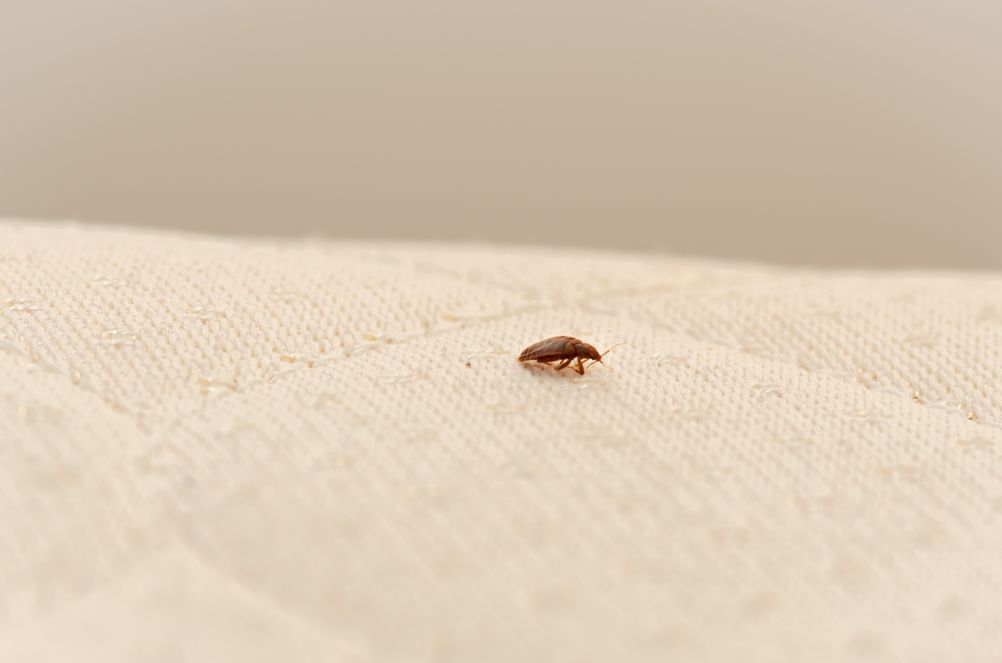Bed Bugs: Understand Heat Treatment Techniques to Get Rid Of Them
Among the hardest pests to deal with, bed bugs may put an unlucky person’s health at danger in addition to causing agony and misery. In the past, bed bugs were eradicated using chemical pesticides. However, these chemicals can harm pets and people, as well as be ineffective on resistant bed bug strains. Heat treatment is a better, safer, and more efficient option. We will look at the advantages of heat treatment to kill bed bugs.
Understanding Bed Bug Heat Treatment
Raising the temperature of a bed bug-infested region to a level that is safe for people, pets, and the environment is known as Bed Bug Heat Treatment. This is usually achieved with specialized equipment, such as industrial heat sources or steam machines. Temperatures higher than 120degF are necessary to kill bedbugs in all their stages. This includes eggs, nymphs, and adults.
The Process
To begin the heat treatment, a thorough inspection is conducted to locate any hidden hiding spots or harborages where bedbugs could be. Once bed bugs are identified, prepare the area by cleaning, sealing, and protecting all heat-sensitive devices, electronic equipment, and clutter.
Next, the heating device is placed strategically in the entire space to ensure that heat is distributed evenly. The temperature then is gradually increased until the target temperature is maintained over several hours.
Heat Treatment Is Beneficial For Many Reasons
- Non-Toxic: Heat treatment does not contain toxic chemicals, so it is entirely safe for both humans and pets. There is zero risk of exposure to harmful chemicals, odors, or residues.
- Comprehensive Eradication: Heat Treatment targets bedbugs at all life stages, including eggs, young, and adults. This reduces or eliminates the possibility of a repeat infestation and also the need for repeated treatments.
- No Residual Effects: Heat treatment is completely non-residual, so no extensive cleaning or airing of the treated areas is required. Once the treatment area has cooled and no residue or odor remains, it is safe to reoccupy.
- Effective Against Resistant Strains: Bed bugs have developed resistance against many chemical pesticides. This makes them ineffective for some. Heat treatment is unaffected by resistance. It remains effective on even the most stubborn of infestations.
- Minimal Disruption: Heat treatment does not cause as much disruption to the space’s occupants as fumigation. You do not have to vacate your premises for some time, and you can leave your belongings in the same place.
Advantages of Heat Treatment Process
It would be beneficial if you also took the following into account:
- Expertise of the Professionals: The proper conduct of a heating treatment requires special equipment and expertise. If you want to get the best results possible, you must hire a licensed pest controller with experience in heat treatment methods.
- Heat-Sensitive Items: Some items can be damaged at high temperatures, such as some electronics, artworks and fabrics. Remove or protect these items prior to heat treatment.
- Structural Integrity: Extreme heating can damage some building materials and structural components. It is essential to assess the structure of the area before performing a heat treatment.
Conclusion:
Bedbug heat treatment is an environmentally friendly, safe, and effective solution for eliminating infestations. Heat treatment can eliminate bedbugs at any stage of their life cycle without the use of harmful chemicals. Both pest control experts and homeowners prefer heat treatment because of its numerous advantages. These include non-toxicity and comprehensive eradication. You can finally say goodbye to bedbugs with heat treatments that are reliable and provide peace of mind.




